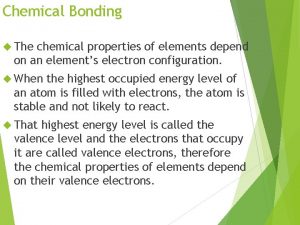Energy sector Special sector Depend on energy inputs








- Slides: 8

Energy sector • Special sector: – Depend on energy inputs (imported) – Strategic sector (linkages) – Non-competitive markets, high regulation • Liberalization of net energy sectors (petrol, gas, electricity): Oligopoly, with cross stocks in Spanish companies (construction sector, Latin America)

Classification • Primary energies: coal, petrol, gas, hydraulic, and nuclear • Secondary energies: electricity (final consumption) • Non-renewable: coal, petrol, gas • Renewable: water, nuclear, “new energies” (solar, wind)

Evolution of energy sector • Industrial revolution (19 th century), petrol and electricity (20 th century) • Increase in consumption, less concentrated in petrol (since 1970’s) • High intensity in energy consumption (petrol) and less efficiency • Industry ↓ energy, households and transport ↑ • Product and employment not very important, BUT it is important in imports (3/4), ↓ prices and ↑ productivity

Productive and commercial specialization • Petrol dependency: 75% in 1970’s, 50% nowadays (coal, nuclear, natural gas) • Self-supply: Spain (1/4), Europe (1/2), OECD (3/4) • Problems: cost, quality, security

Productive efficiency • Efficiency problems: very protected and regulated sector • Nowadays: privatization, liberalization, new regulation • Measurement of efficiency: – Real productivity (x 2 since 1985, but based on labor decrease) – Prices of energy (based on imported inputs and extreme concentrated firms): prices ↓ more than in Europe, overall in households

• Petrol: “Ley de Hidrocarburos 1998” – High firm concentration (Repsol, Cepsa, BP) – High vertical integration (oil refining plants, transportation and distribution) • Gas: “Gas Natural”, high prices • Electricity: firm structure and state regulation – Competition activities (generation and commercialization) and non-competition (transportation and distribution) – Prices ↓ (convergence to Europe) because of state regulation rather than competition

Sector policies • Problems in industrialization, caused by: – Low resources, bad quality, high cost of energy – Energy policy • Coal: reduction (Plan 2006 -2012) • Net sectors: privatization but firm concentration → new regulation (EU): – Open generation – No discriminatory nets – Consumers freedom to chose – Vertical disintegration – Domestic markets connection

• Petrol and gas (“Ley de Hidrocarburos 1998”): – Firm concentration – Increase in international prices – More formal than real liberalization • Electricity. – Need of regulation: irreplaceable input, economies of scale, “natural monopoly”, homogenous prices – “Ley del sector eléctrico 1997”: freedom of openness and supply (pool with marginal prices), and freedom to choose (demand) • No global policy. Only in energy savings (renewable energies and Kyoto Protocol)















